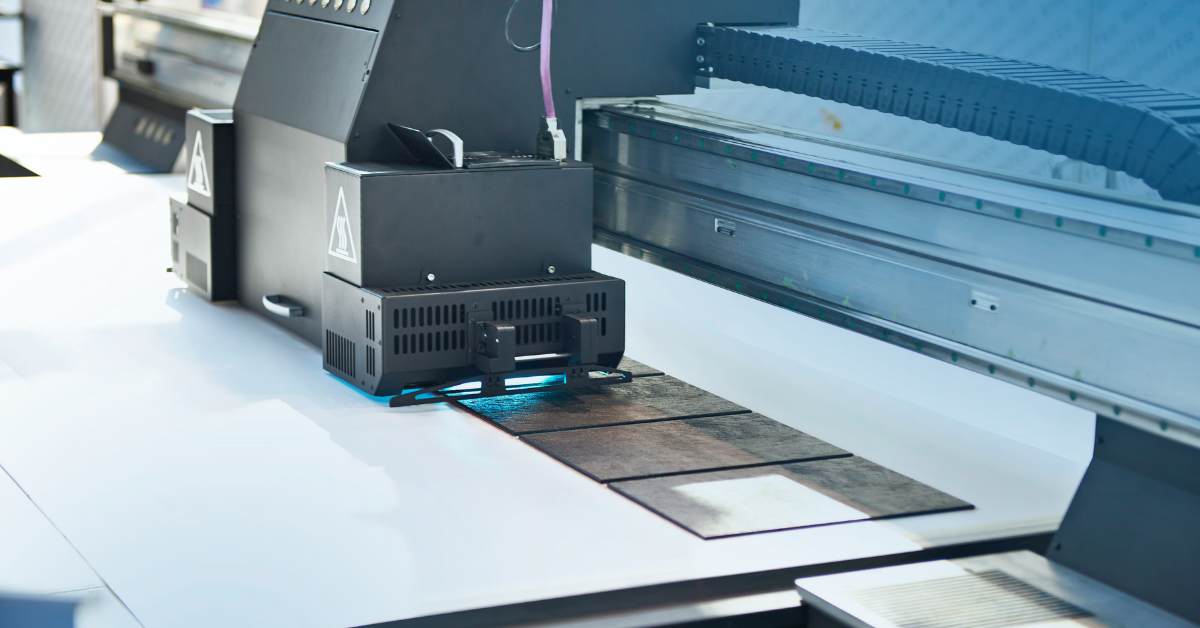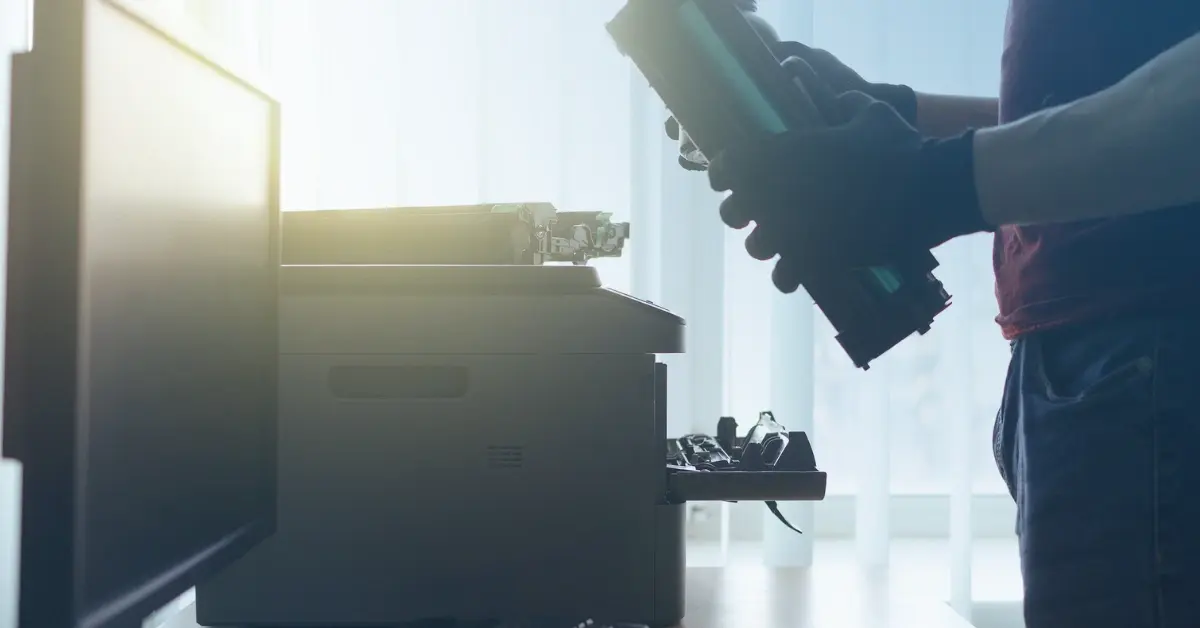The Role of Medication Follow-Through in Hospital Rankings

In much the same way that shoppers evaluate purchases of items or services, patients have become consumers when it comes to choosing healthcare services. As a result, hospital rankings are a consideration for patients as they weigh which facilities and providers to select.
One critical factor affecting hospital rankings is medication adherence. Medication adherence impacts overall patient outcomes, readmissions, and even mortality. Hospitals that improve medication adherence—now a dismal 50% nationwide—will likely see their rankings improve.
Here’s a broader look at the factors that influence rankings, why rankings are important, and how medication adherence can boost them.
Why high hospital rankings are critical
Patients have no shortage of rankings to review. Among the most widely used are the U.S. News & World Report Hospital Rankings, the CMS Quality Star Rating and Leapfrog. Hospitals are motivated to achieve high rankings in these surveys, with perhaps the chief benefit being a boost in reputation. Hospitals with high rankings often promote them to grow community support and help with public financing. What’s more, these third-party rankings are seen by patients as reputable third-party endorsements. The higher the ranking, the more likely patients are to select that facility for care.
In addition, hospital employees and job applicants are attracted to work at hospitals with high hospital rankings. Employees correlate those rankings with job stability and promotional opportunities. Rankings also attract the best doctors and, ultimately, the ability to excel in treating complex, high-risk cases.
Finally, hospitals with high rankings attract more procedural care, which carries higher reimbursement rates and positively affects revenue and income.
How medication adherence influences rankings
The cost of medication nonadherence has been estimated at $100 billion to $300 billion annually when costs from avoidable hospitalizations, nursing home admissions, and premature deaths are included.
When patients follow medication regimens, hospitals improve their ranking in:
- Patient experience measures
- Process measures
- Outcomes measures
- Patient safety measures
- Cost measures
There are solutions, however, to boost medication adherence. Hospitals can employ new systems and technologies to enhance post-discharge medication adherence.
The reason hospitals focus on improving medication adherence upon discharge, apart from its positive effect on patients, is that medication adherence boosts ratings in these measurements:
- Patient Experience Measures: patients' opinions about the care they received.
- Process Measures: information about how many patients get the recommended care for their condition, during and after the hospital stay.
- Outcomes Measures: how well patients do after they receive treatment.
- Patient Safety Measures: how often patients suffer from hospital-acquired infections or release without adequate post-hospitalization support.
- Cost Measures: the cost (and affordability) of care for specific services.
For hospitals to improve on these measures related to discharge medication adherence, they need solutions that easily integrate with hospital IT systems, include patient prescription education, are easily accessible to patients, and include drug discounts or coupons to help with affordability.
Related Posts

What is UV Printing? UV Curable Inks for Packaging
Ultraviolet, or UV printing is an advanced digital technology that cures specially designed inks using UV light. This process creates sleek, vibrant designs that dry instantly,..

Here's How to Beat Upcoming Postage Rate Increases
In 2024, a notable increase in postage costs became a reality. With postage increases expected to occur multiple times a year, it's important to be prepared for what's coming.

What is MICR Toner? A Guide for Check Printing
What is MICR? MICR stands for Magentic Ink Character Recognition, and it plays a critical role in check printing. If you're printing checks for your business, you should always be..



Leave a Reply